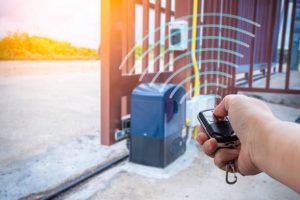Modern wonders like automatic sliding doors simplify and improve the convenience of our lives. But a sophisticated network of sensors that cooperate to enable everything they do is what makes their effortless and flawless operation feasible. So What sensors are used in automatic sliding doors? Let’s look more closely.
The presence sensor is essential in automatic sliding doors. When someone approaches the door, this sensor recognizes it and tells the motor to open. In addition, the area next to the door’s entrance has presence sensors, which can be infrared or ultrasonic.
The safety sensor is yet another crucial sensor found in automatic sliding doors. This sensor detects any obstructions in the door’s passage to prevent the door from shutting and prevent harm or damage. Safety sensors generate an infrared beam that is disrupted if something gets in the way. They are commonly mounted on the door frame or the door itself.
The position sensor is a third kind of sensor utilized in automatic sliding doors. This sensor assists the control panel in locating the door precisely and ensures it is correctly aligned during opening and closing. Position sensors, which are often mounted on the door or the floor, use a variety of sensors, including optical and magnetic sensors, to ascertain the position of the door.
Additionally, some automatic sliding doors employ access control sensors. By requiring a keycard, keypad code, or biometric recognition to unlock the door, these sensors restrict access to the building to only those who are permitted.
In conclusion, the proper operation of automatic sliding doors depends on a sophisticated network of sensors. These sensors all work together to improve the convenience and ease of our lives, from presence sensors that signal the door to open to safety sensors that guard against harm and damage to position sensors that assure appropriate alignment.

